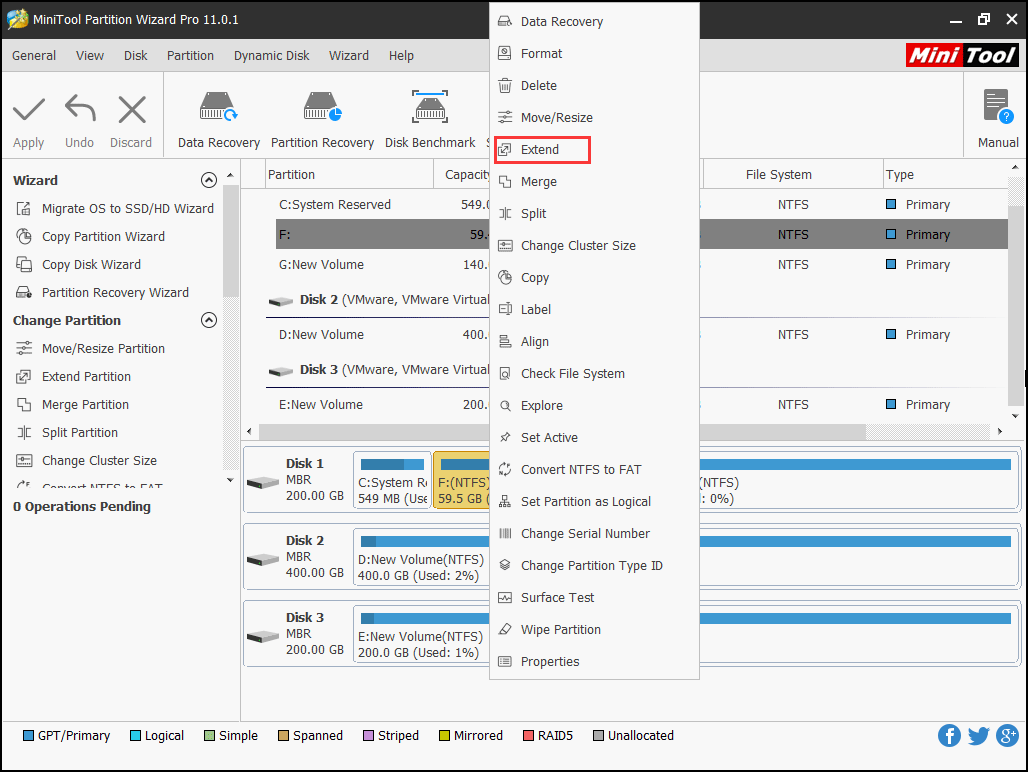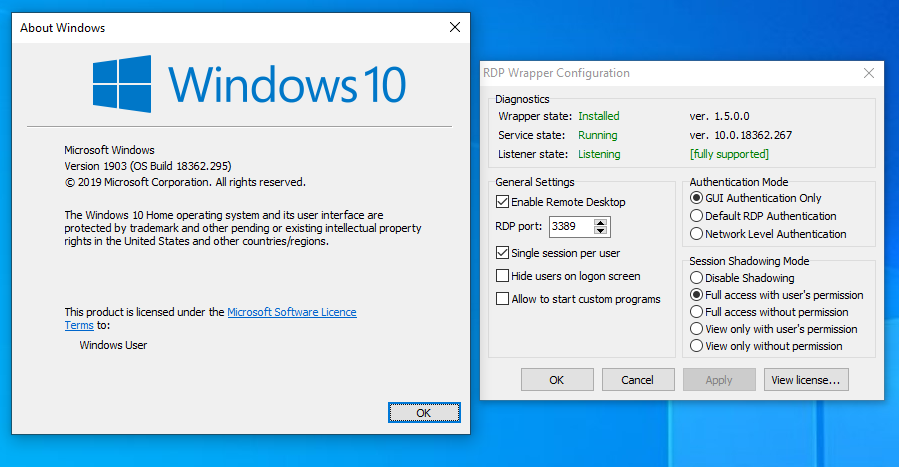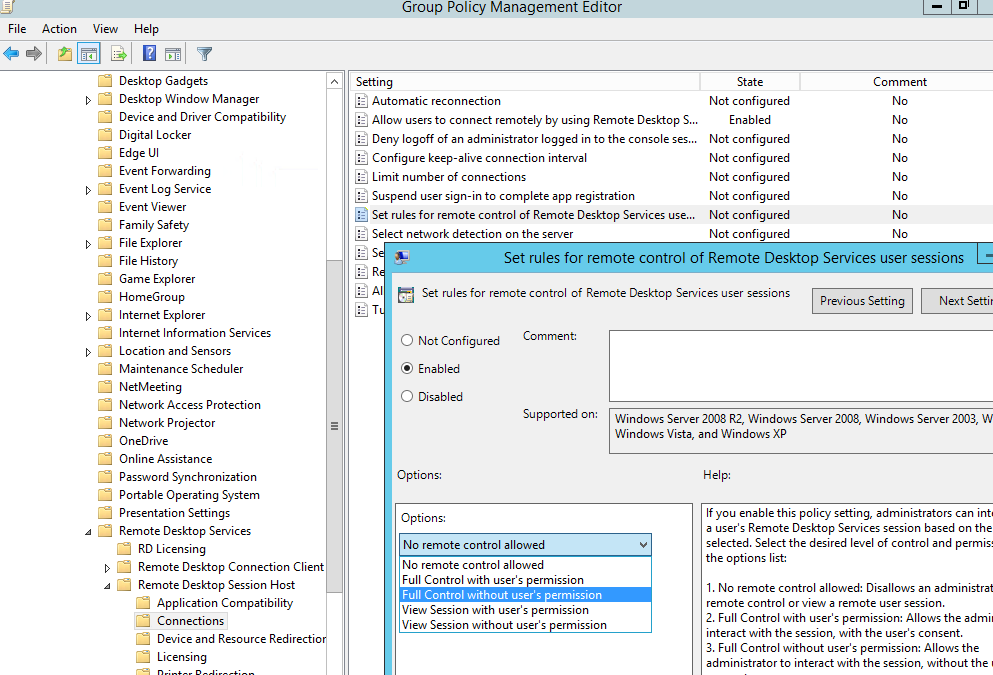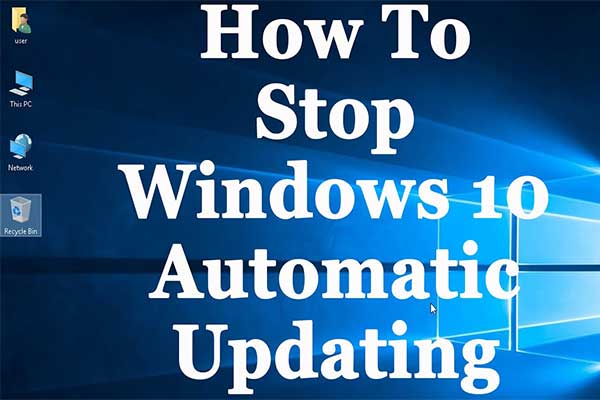

Tom Warren of The Verge felt that, given web browsers such as Google Chrome had already adopted such an automatic update system, such a requirement would help to keep all Windows 10 devices secure, and felt that "if you're used to family members calling you for technical support because they've failed to upgrade to the latest Windows service pack or some malware disabled Windows Update then those days will hopefully be over." Ĭoncerns were raised that due to these changes, users would be unable to skip the automatic installation of updates that are faulty or cause issues with certain system configurations-although build upgrades will also be subject to public beta testing via the Windows Insider Program. However, the software agreement states, specifically for users of Windows 10 in Canada, that they may pause updates by disconnecting their device from the Internet.

Microsoft offers a diagnostic tool that can be used to hide updates and prevent them from being reinstalled, but only after they had been already installed, then uninstalled without rebooting the system. Windows 10 Home is permanently set to download all updates automatically, including cumulative updates, security patches, and drivers, and users cannot individually select updates to install or not. Examples include media storefronts, Office 365, paid functionality in bundled games such as Microsoft Solitaire Collection, default settings that display promotions of "suggested" apps in Start menu and "tips" on the lock screen that may contain advertising, ads displayed in File Explorer for Office 365 subscriptions on Redstone 2 builds, and notifications promoting the Microsoft Edge web browser when a different browser is set as default.


Some outlets have considered these to be a hidden "cost" of the free upgrade offer. Critics have noted that Windows 10 heavily emphasizes freemium services and contains various advertising facilities.


 0 kommentar(er)
0 kommentar(er)
